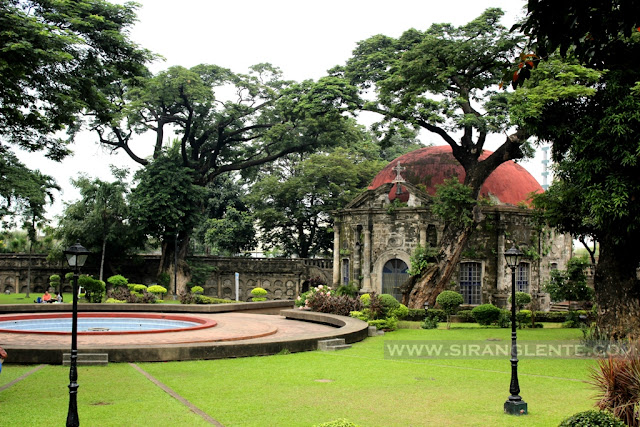
Jump to: | About Mt. Mantalingahan | How to Get There | Trail Info | What to Expect | Itinerary | Travel Tips | Where to Stay | Related Posts
🌄 About Mt. Mantalingahan
Mt. Mantalingahan, also called Mount Mantalingahan Protected Landscape (MMPL), is the highest mountain in Palawan standing at 2,085 meters above sea level. Located in the southern municipality of Rizal, this mountain is one of the most challenging and rewarding climbs in the Philippines.









